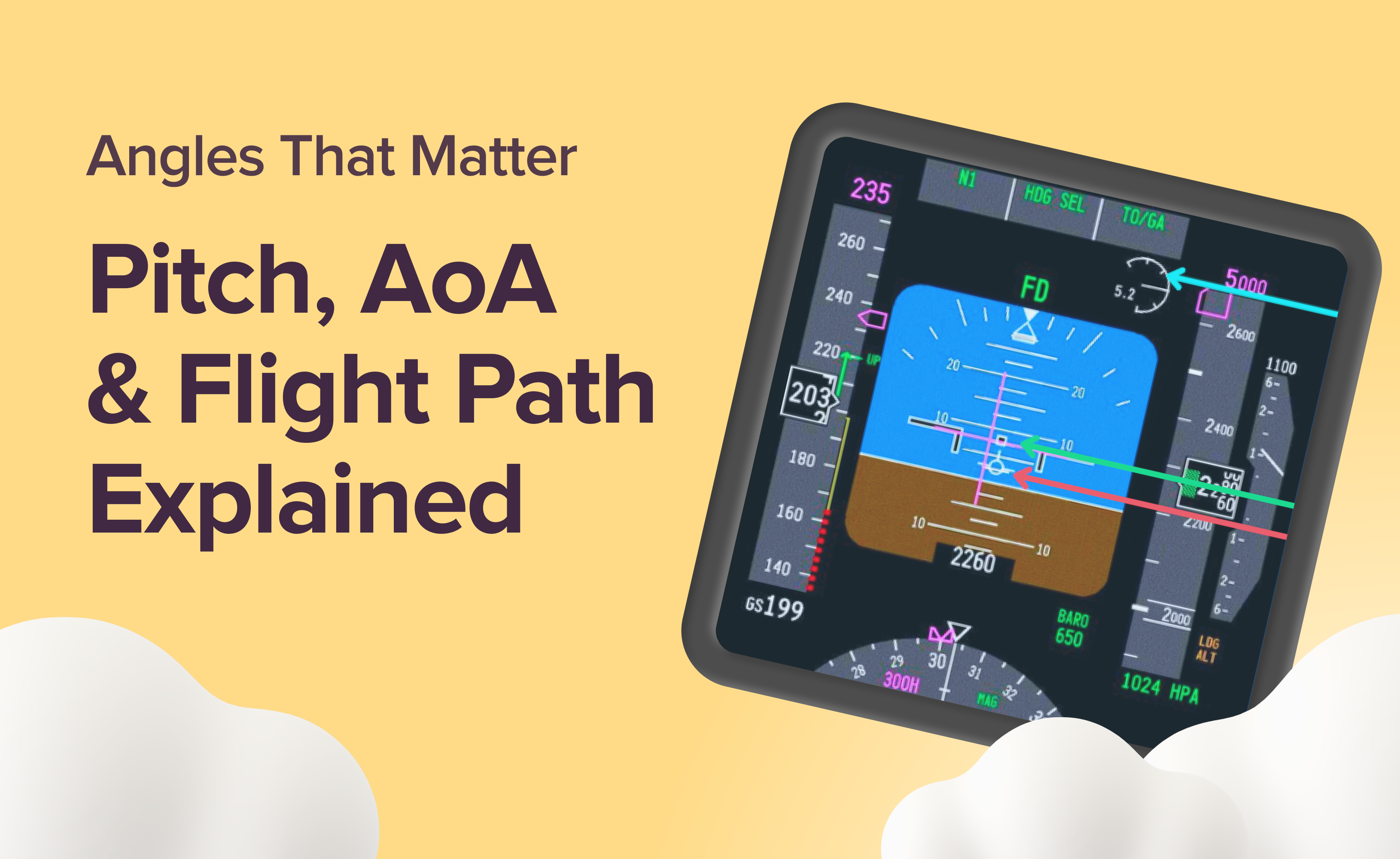Douglas DC-3: The Timeless Workhorse of the Skies

Before Airbus and Boeing dominated the skies, and long before transatlantic flights became routine, one aircraft quietly redefined the aviation industry: the Douglas DC-3. First flown in 1935, it was the aircraft that proved commercial air travel could be profitable, without relying on government money. Three years later, DC-3s were operated by over 30 foreign airlines, and by 1939, this single aircraft type was responsible for an astonishing 90% of the world’s airline traffic. That is why the DC-3 holds a special place in aviation history. Far from being just a vintage machine, it stands as an engineering marvel that “shrunk the world”.
Let’s explore why this timeless workhorse still earns admiration, almost a century after it first took flight.
From the iconic A380 to the unique Beluga and even zero-gravity flights, Airbus's story is incredible. Discover 12 amazing facts about their planes in our latest blog – read it now!
Creation of the Douglas DC-3
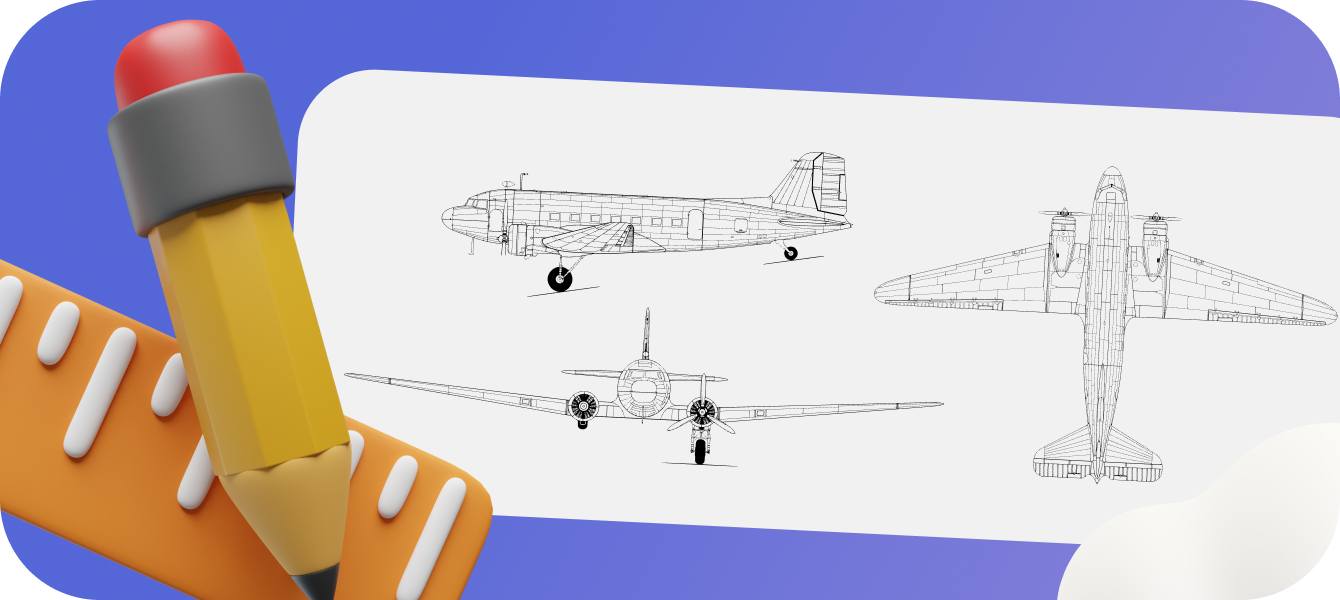
In the early 1930s, aviation was still finding its feet — literally and financially. Most aircraft were noisy, slow, and made largely of wood and fabric. They required frequent stops, carried few passengers, and often relied on government loans to stay airborne. The American aerospace and defence company Douglas Aircraft Company stepped forward with a vision that would change everything.
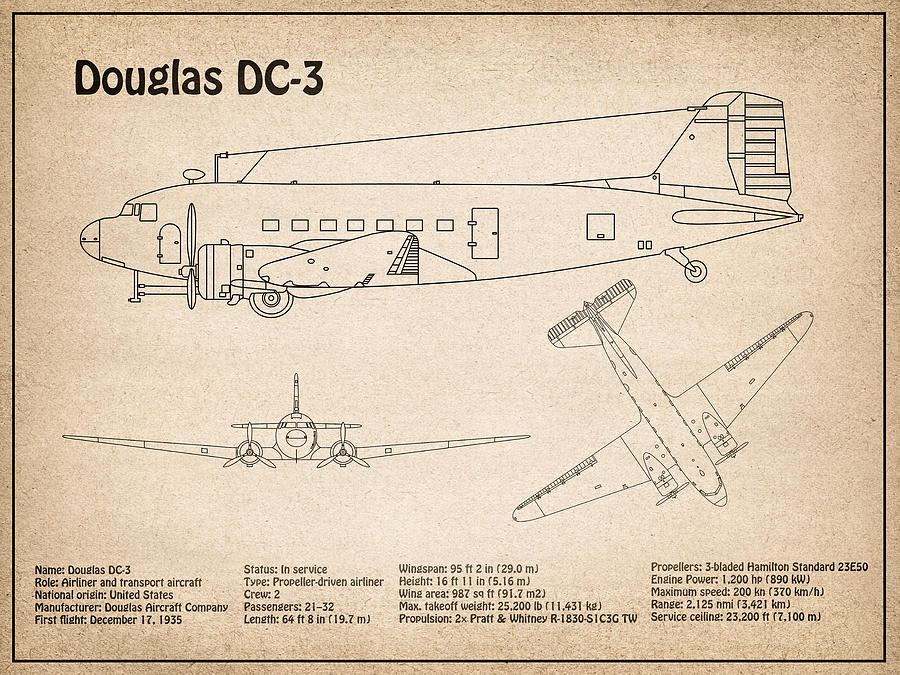
Developing the DC-3 was an extraordinary engineering triumph, especially considering the era's technological limitations. A team of over 400 engineers and drafters painstakingly created more than 3,500 detailed drawings, relying solely on prior DC-1/DC-2 data and their immense ingenuity. The final design was a brilliant example of forward-thinking design and practicality. It required only minimal changes from the DC-2, yet it was almost entirely a new aircraft.
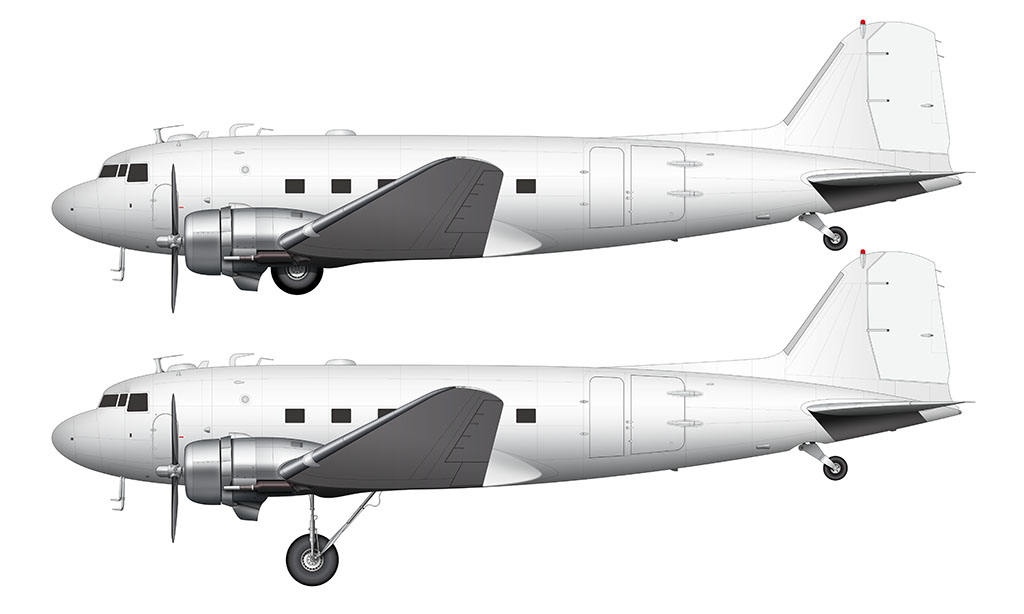
Explore the legacy of Boeing. Discover the revolutionary aircraft that have shaped modern aviation in our latest blog, A Rise of Boeing: Planes That Changed the World.
Unmatched Performance

The new aircraft first flew on December 17, 1935. It featured an all-metal monocoque fuselage, low-mounted wings, and a tailwheel undercarriage, giving it superior strength and aerodynamic performance for its time. But perhaps its most impressive feat was its range and capacity. With room for up to 21 passengers, the DC-3 could fly over 1,500 miles without refuelling. An unheard-of capability made coast-to-coast commercial flights in the U.S. and intercity flights across Europe a viable reality.
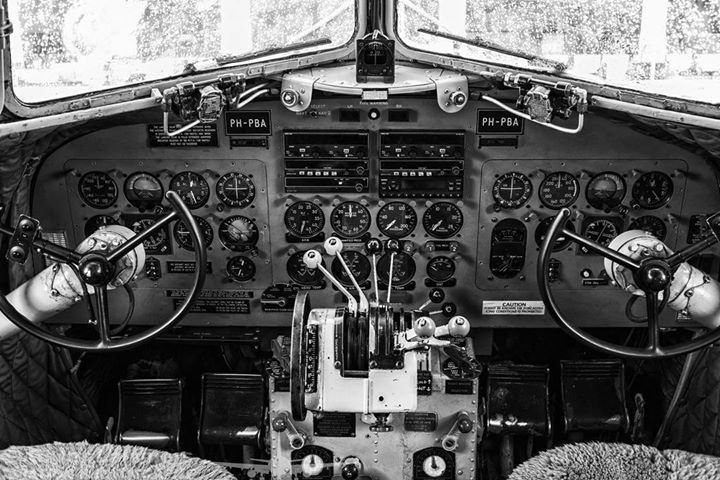
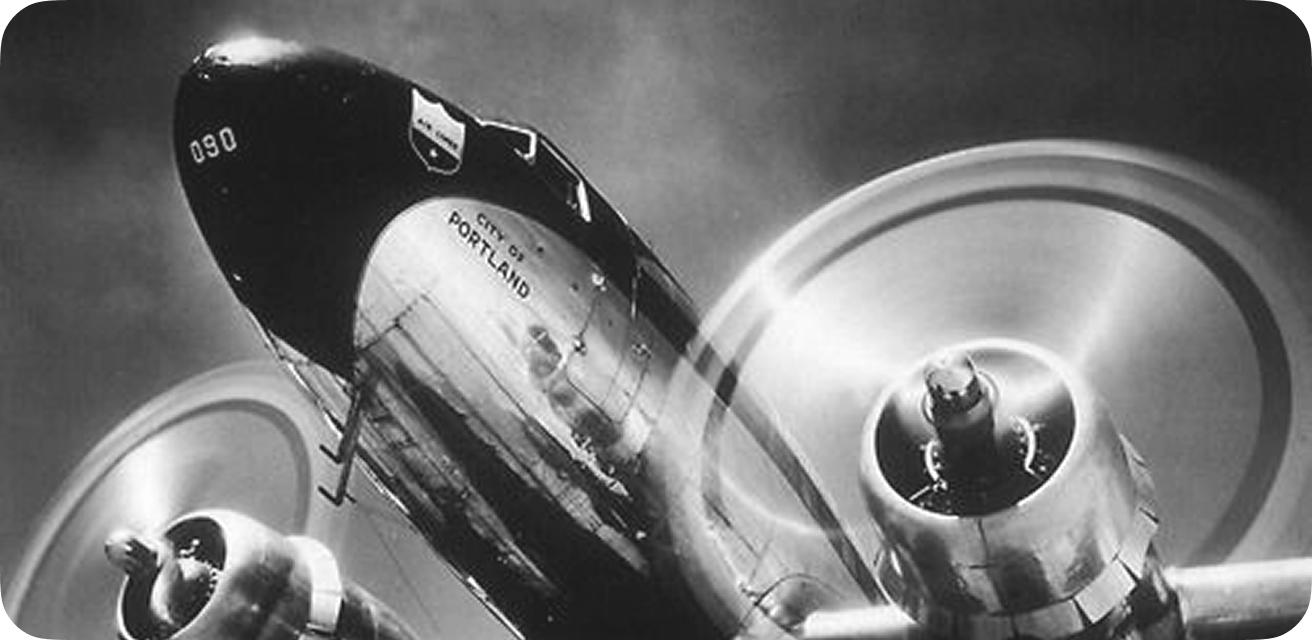
Its twin Pratt & Whitney radial engines were powerful yet reliable, and its fixed-pitch propellers and streamlined design gave it economic efficiency no competitor could match. The DC-3 was a leap into the future of aviation, proving that passenger air travel could be practical, profitable, and even comfortable. For an industry desperate to be taken seriously, the DC-3 offered a sleek, self-assured answer.
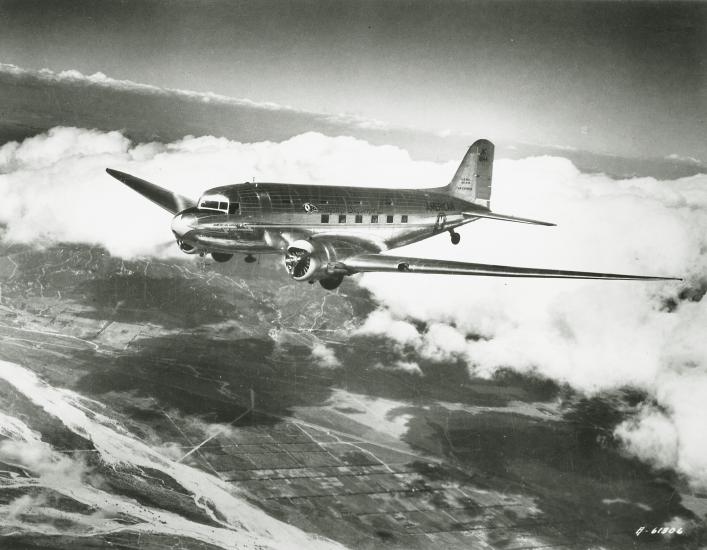
The Douglas Sleeper Transport (DST), first flown on December 19, 1935 (32 years after the Wright brothers), began as a luxurious 14-passenger sleeper. This design soon gave way to its more famous 21-seat day variant, the DC-3. NASM 2002-4239.
Standard for Future Airliners
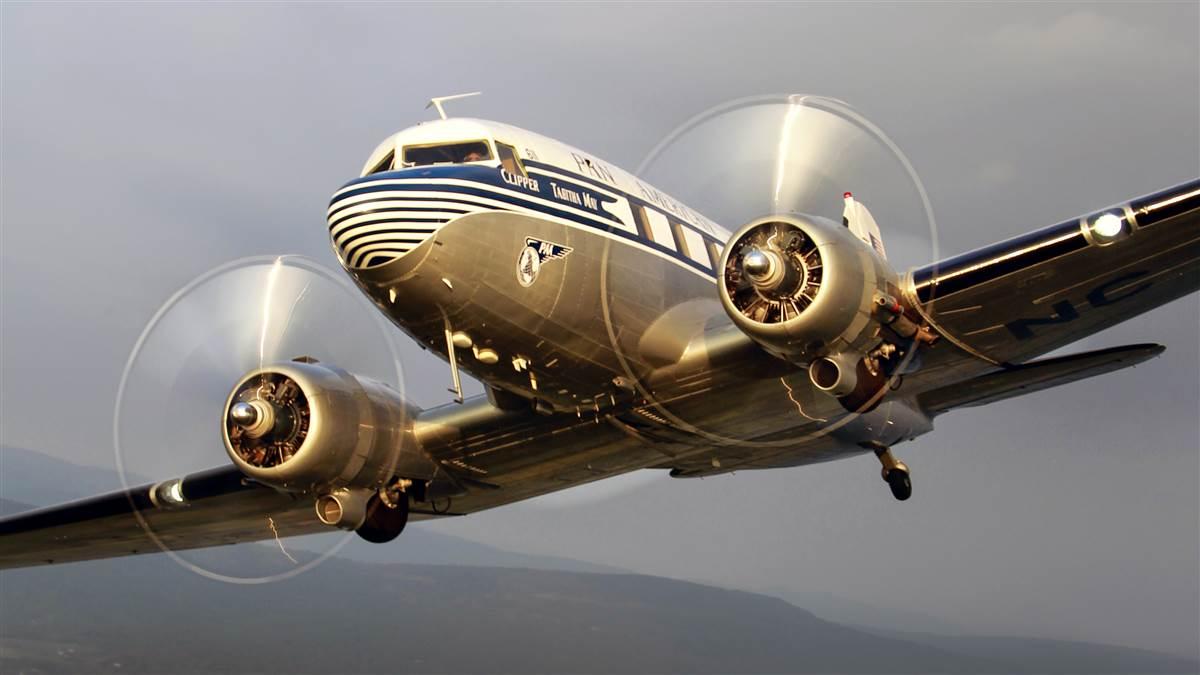
It's no coincidence that the 'DC' in DC-3 stands for “Douglas Commercial” — a fitting name for the aircraft that first made commercial passenger travel a self-sustaining business. Most early airliners then needed government funding just to break even, and passenger travel was a luxury few could afford. In 1936, when American Airlines and Pan American World Airways began using the DC-3 for its coast-to-coast sleeper service, everything changed. The DC-3 made air travel comfortable and affordable.
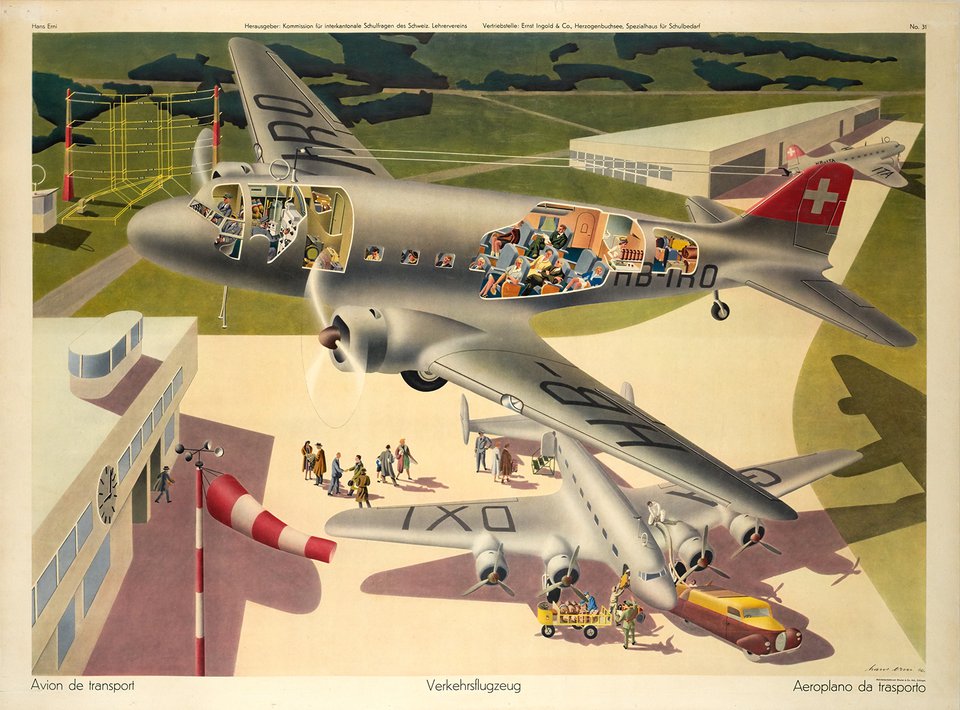
Swissair poster showing the comfortable interior of a Douglas DC-3.
Its impact spread rapidly. By 1938, more than 30 foreign airlines were operating DC-3s, including major European carriers like KLM, Lufthansa, Swissair and Air France. Its versatility and rugged design made it ideal for both the established routes of Western Europe and the more remote, rougher airfields of emerging markets.

The iconic DC-3 PH-ALR 'Reiger' embarks on its second journey to South Africa. KLM, 1940
By 1940, the DC-3 carried an astonishing 90% of the world’s airline traffic. It became the backbone of early global aviation networks, linking cities, countries, and continents with a level of speed and consistency never seen before. More than just a successful aircraft, the DC-3 became the standard by which all future airliners would be judged.
Dive into the revolutionary design and incredible velocity that made Concorde a true "Mach Magic" marvel. Read the full story on our blog.
From DC-3 to C-47 Skytrain
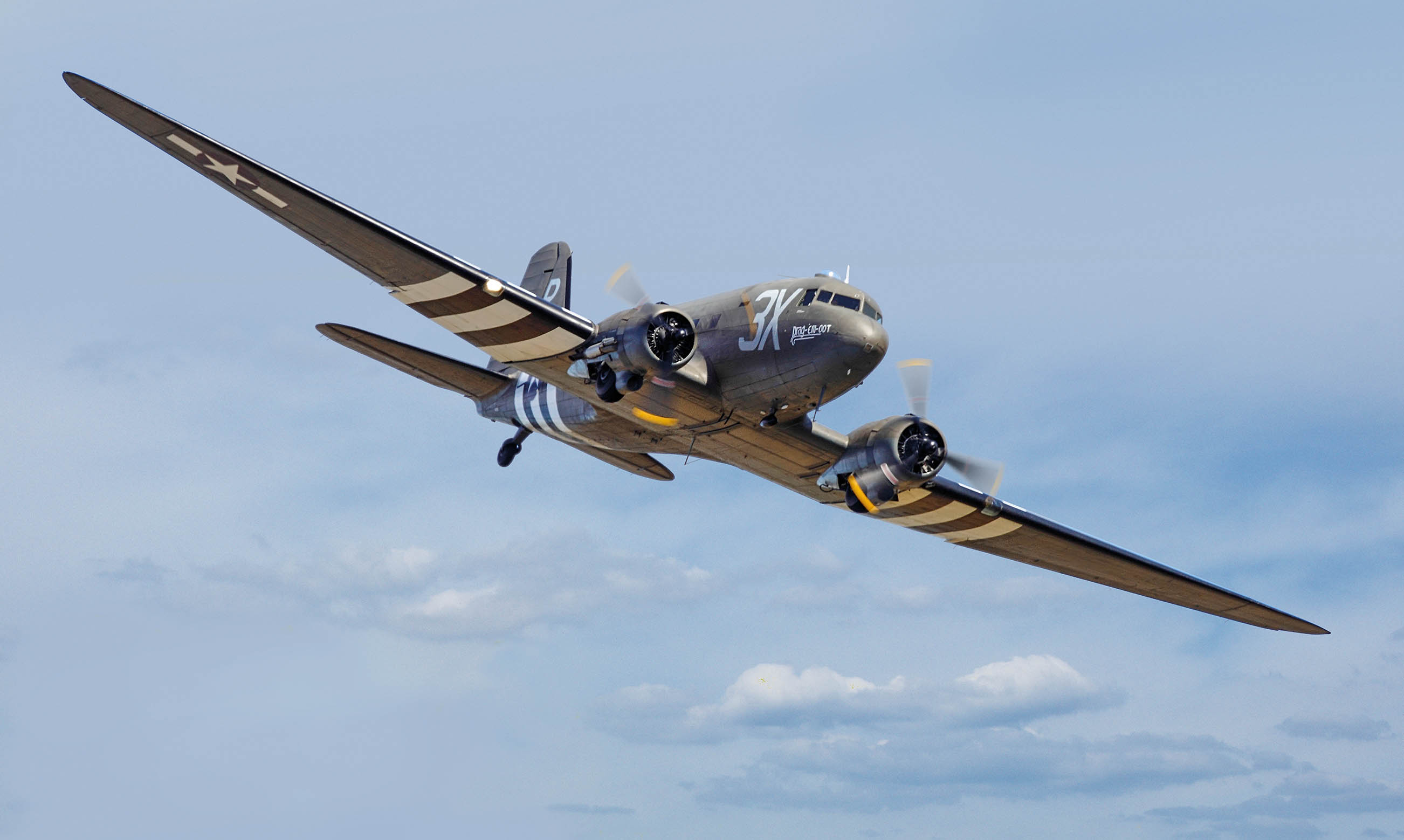
When World War II erupted, the Douglas DC-3 transformed. Reimagined as the C-47 Skytrain (or Dakota in Royal Air Force service), the airliner-turned-troop hauler became one of the most essential aircraft of the entire conflict. Its reliability, ruggedness, and adaptability made it a natural choice for wartime operations, and production soared into the thousands. More than 10,000 C-47s were built.
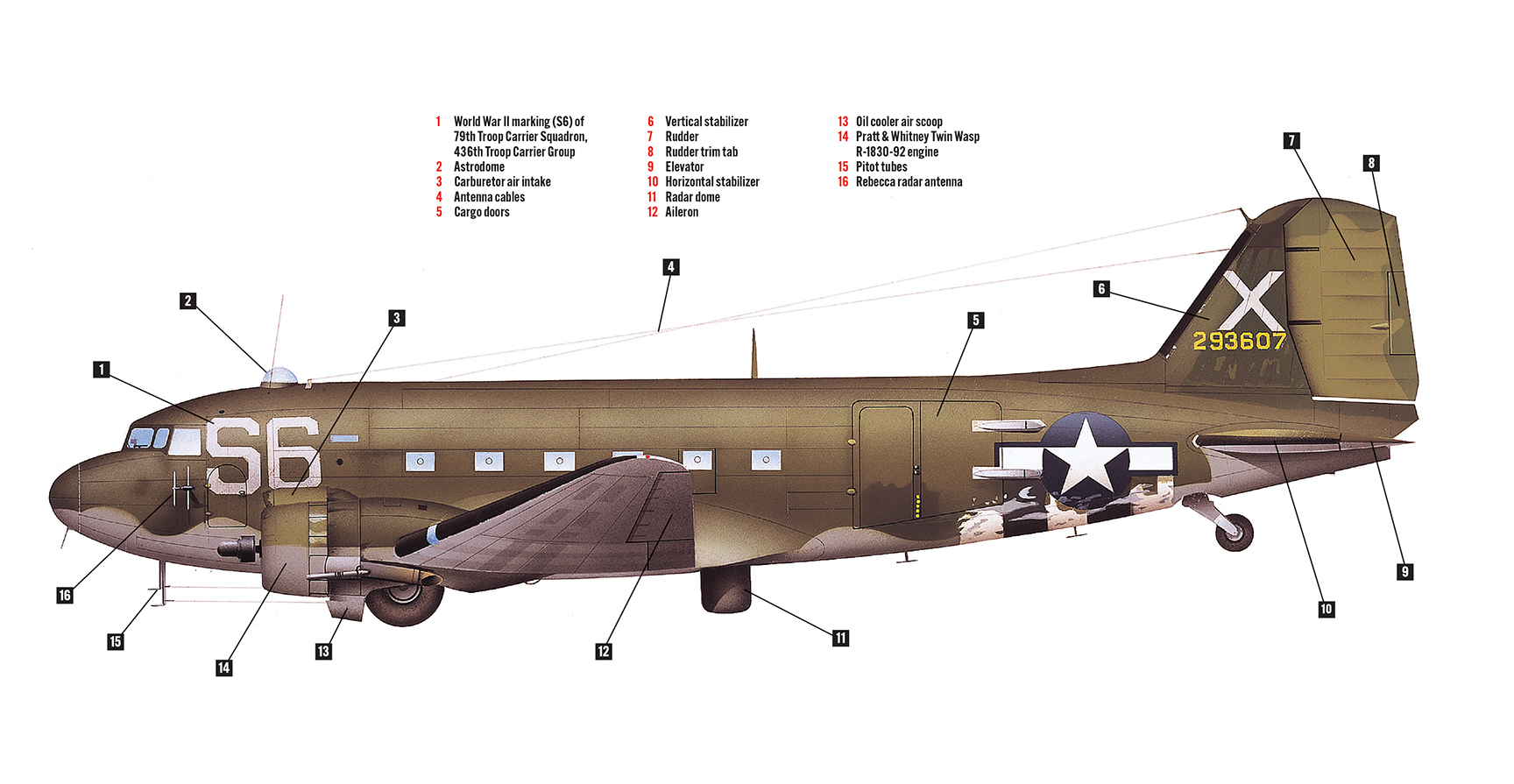
The C-47 flew paratroopers into Normandy, towed gliders, carried wounded soldiers out of battle zones, and dropped supplies behind enemy lines. It could land on rough fields, unprepared strips, and even muddy roads, missions many other aircraft couldn’t attempt.
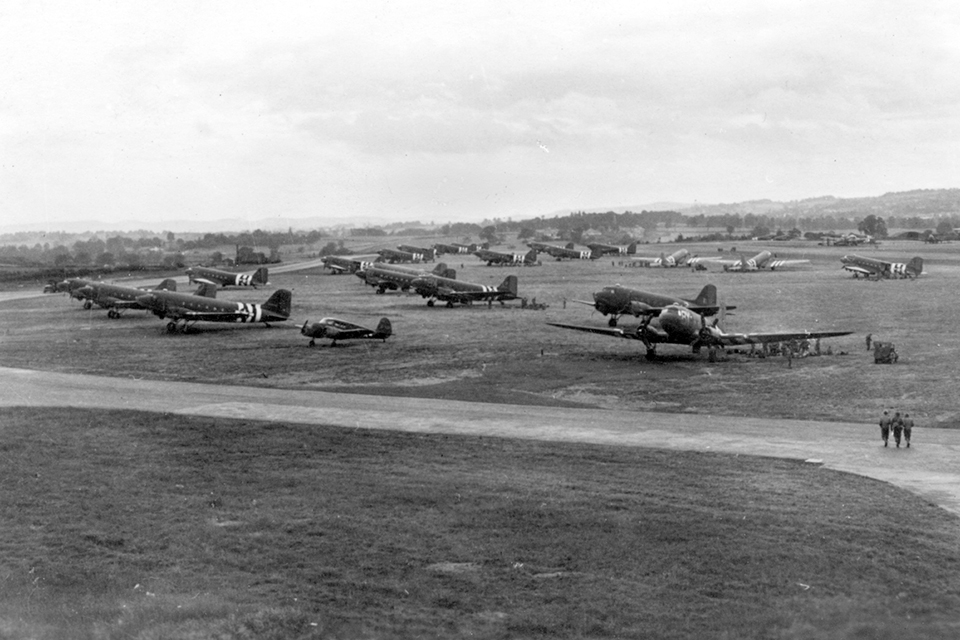
Decorated in their black and white invasion stripes, these C-47s, like hundreds of others at bases across southern England, await their cargo on the afternoon of June 5, 1944. (National Archives)
In the European theatre, stories of C-47s are legendary. On D-Day, June 6th, 1944, over 800 C-47s dropped more than 13,000 American paratroopers behind German lines. During Operation Market Garden, they returned to brave heavy flak and fighters, delivering troops into the Netherlands.
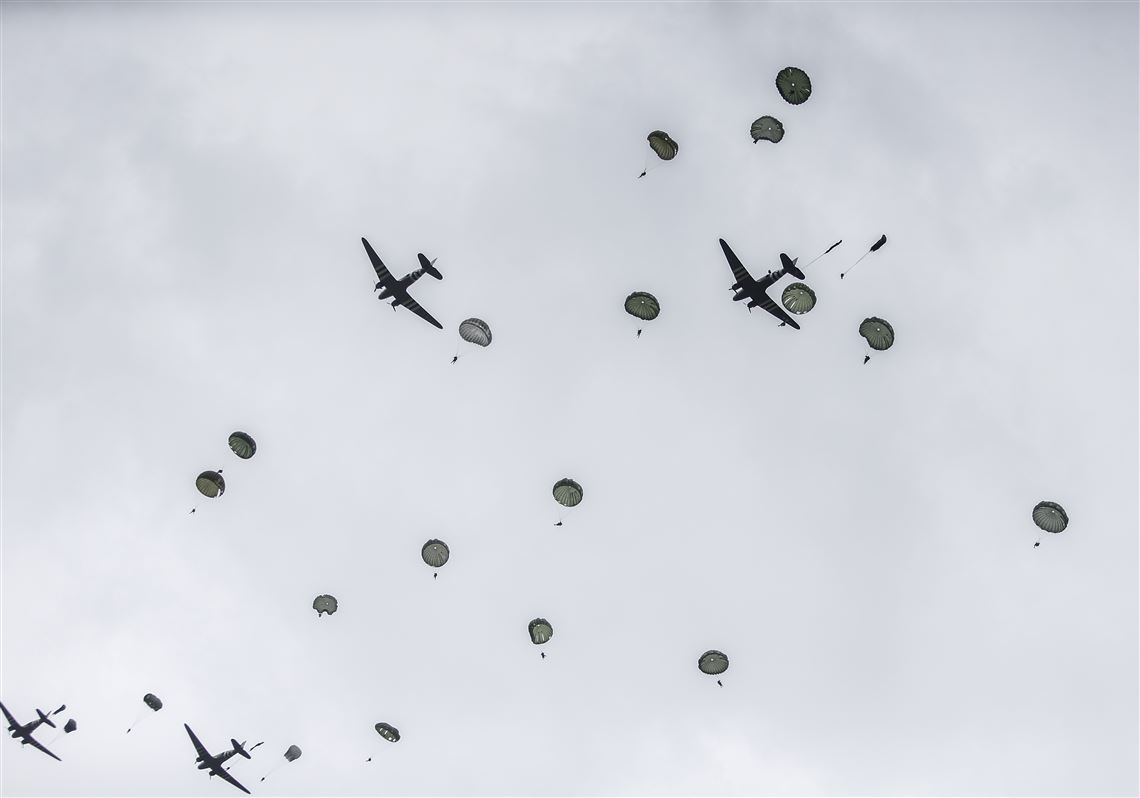
The aircraft became so indispensable that General Eisenhower once listed the C-47 among the most important weapons of the war, alongside the jeep and the bulldozer the bazooka, the jeep, and the atomic bomb.
Dakota & the Berlin Airlift
In the aftermath of World War II, the Douglas DC-3, known as the C-47 Dakota in military service, played a vital role in one of aviation’s most heroic efforts — the Berlin Airlift (1948–1949).
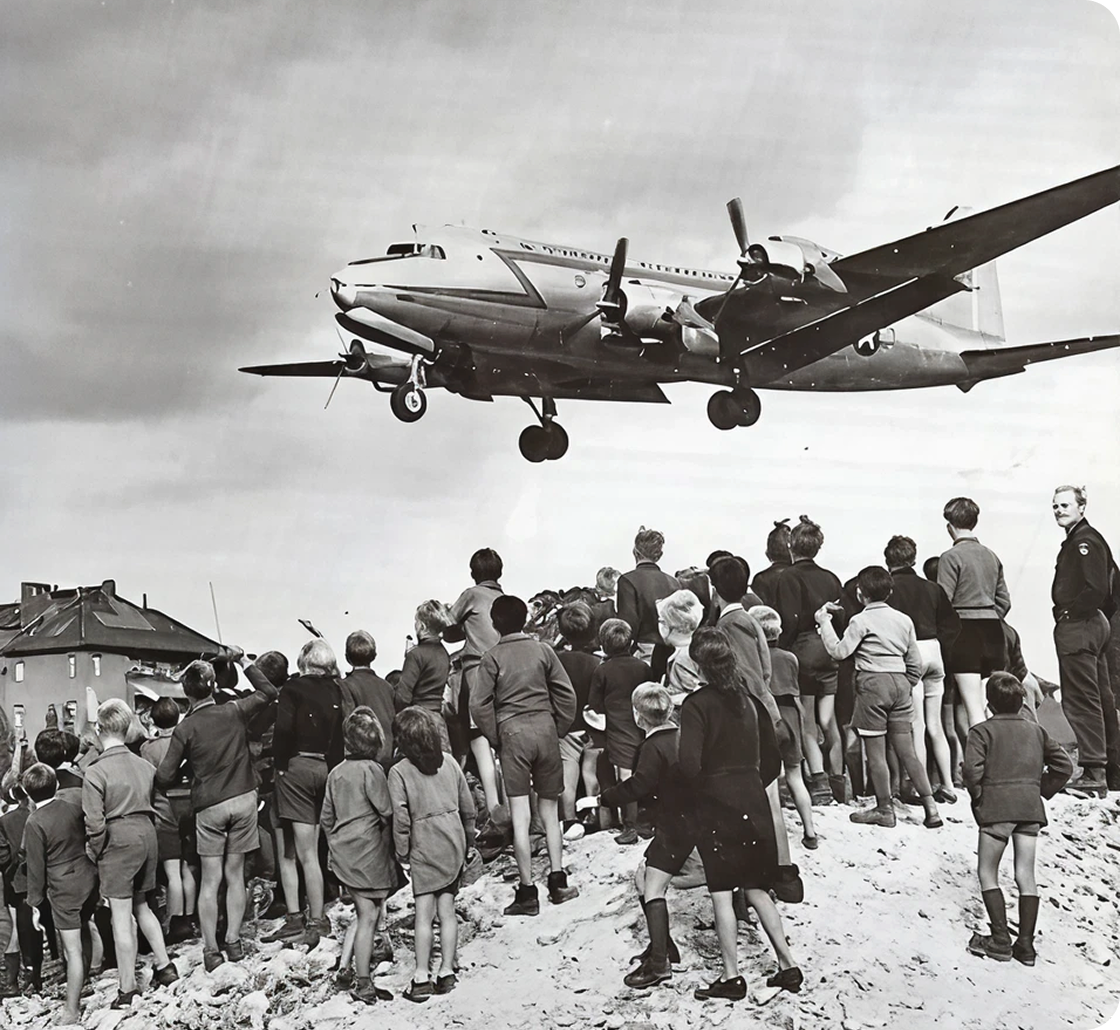
When the Soviet Union blockaded West Berlin, cutting off all land routes, the Western Allies responded with a massive airlift to supply the city. The Dakota became the early workhorse of the operation. American and British air forces flew over Berlin more than 250,000 times, delivering essential goods (like coal, food, and medicine) to the people of West Berlin through narrow air corridors under extreme conditions. Flying around the clock, Dakotas landed in Berlin every few minutes.
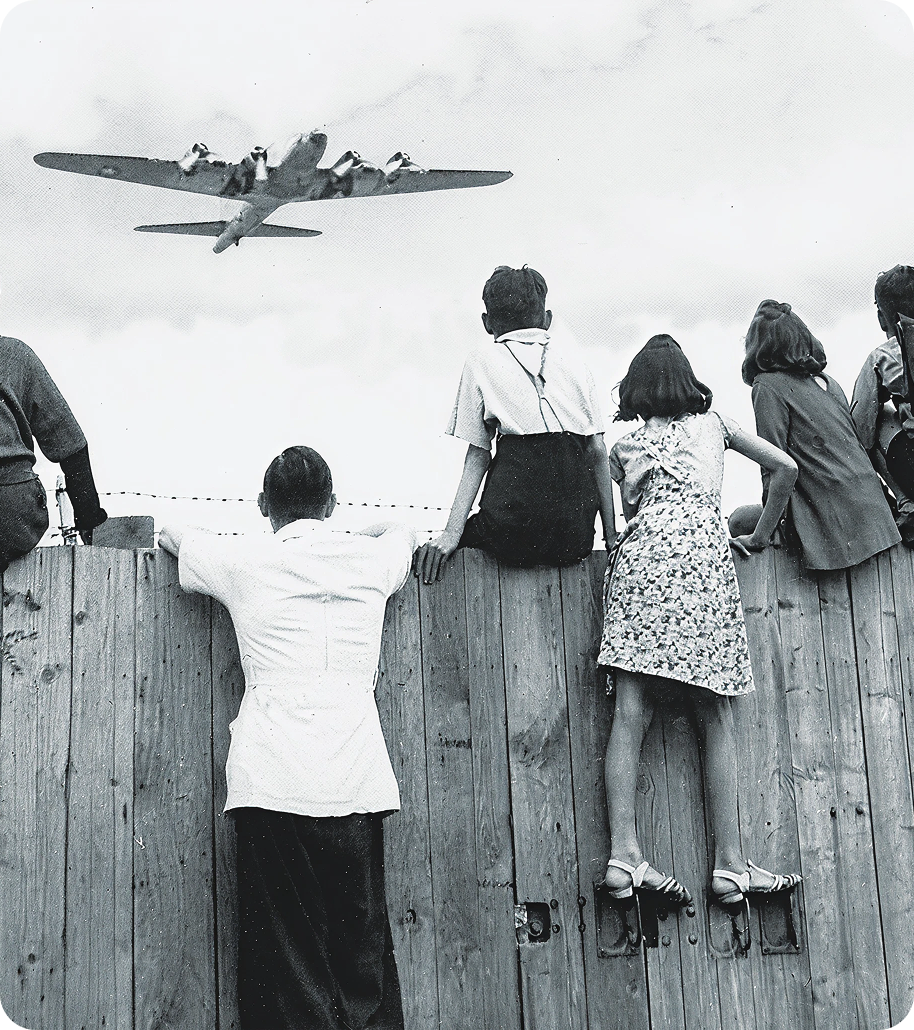
Even today, the role of the Dakota in the Berlin Airlift is remembered as one of the great humanitarian achievements of aviation — proof that an aircraft designed in the 1930s could rise to the occasion and shape the course of modern history.
From training flights to iconic status, the Cessna 172 has a rich history. Learn all about it in our blog post, World's Flight Trainer: The Cessna 172 Story.
The Aircraft That Shrunk the World
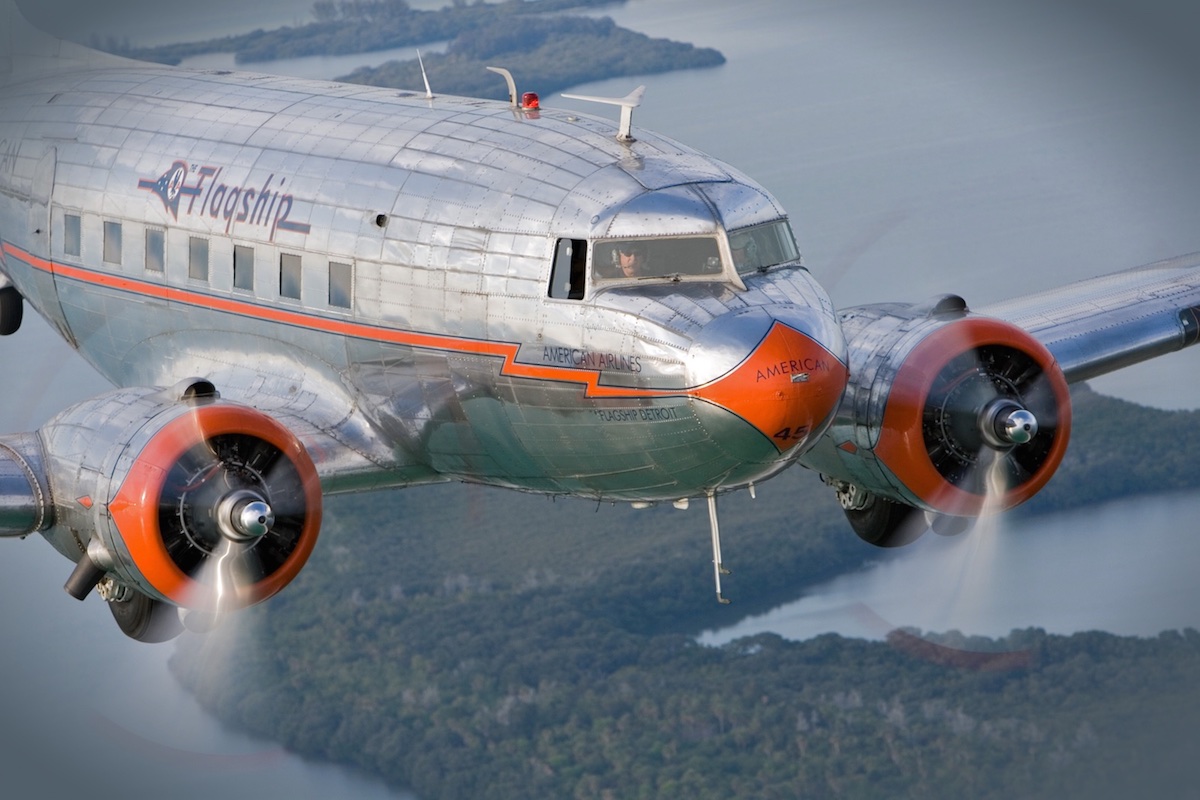
After WWII, thousands of surplus C-47s were converted for civilian use, flooding the market with affordable, reliable aircraft. Airlines from South America to Southeast Asia seized the opportunity to launch or expand their fleets. The DC-3 quickly became the global standard for post-war commercial aviation.
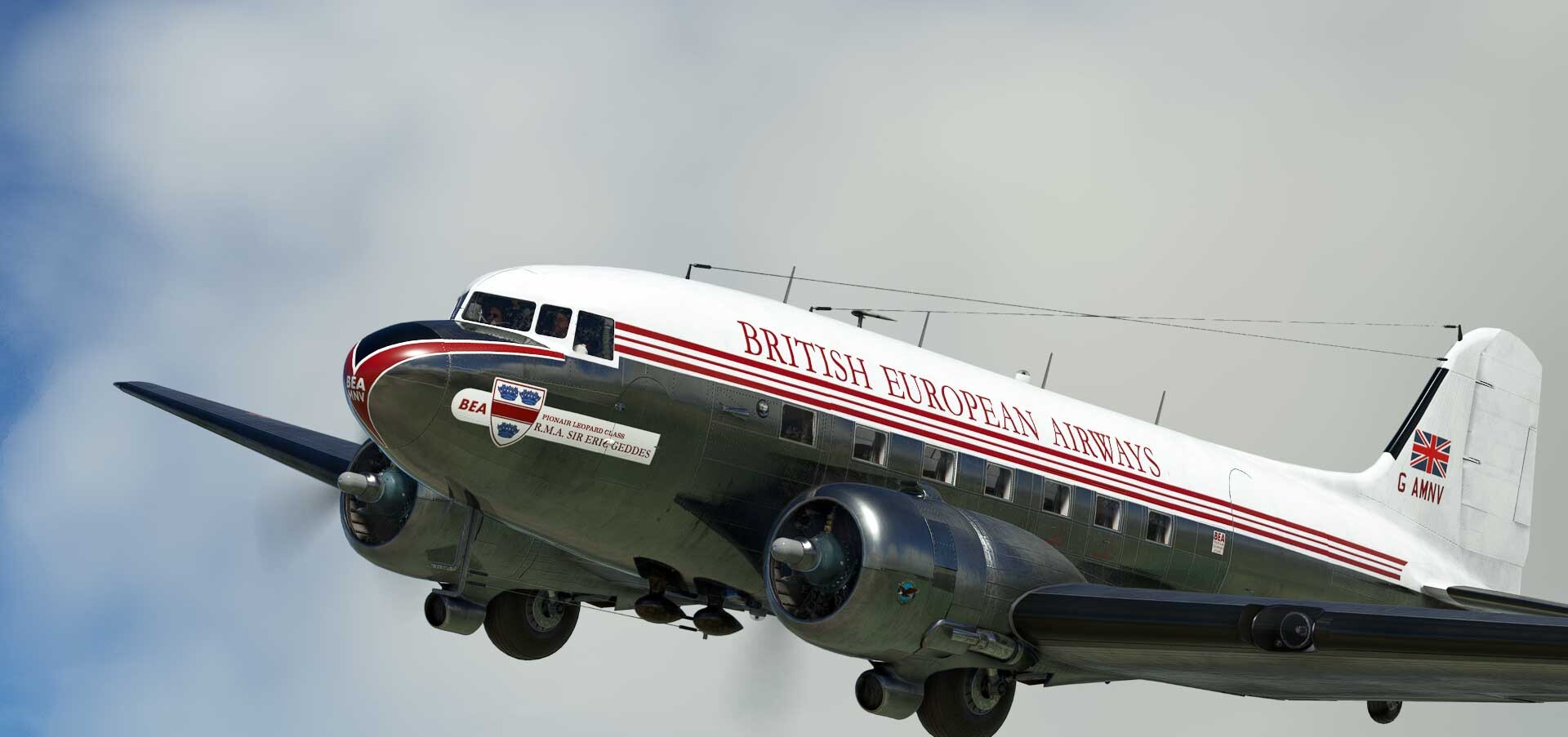
In Europe, the DC-3 connected cities still recovering from the war. British European Airways (BEA), KLM, Air France, and many others integrated the DC-3 into their routes, often painting over military green with their own liveries. In many cases, these aircraft were the first introduction to air travel for a new generation of passengers. Its range of around 1,500 miles, short take-off and landing capabilities, and ease of maintenance made it ideal for developing regions and remote outposts alike.

This was aviation’s true globalisation machine, a design that helped shrink the world before jet engines took over.
The DC-3 Today
Nearly 90 years since its first take-off, the Douglas DC-3 is still soaring — literally. With an estimated 164 aircraft still in operation across all variants, this timeless machine continues to prove it has no expiry date — only new missions.

Restored examples can be seen at air shows, museums, and even in active flight training for tailwheel endorsements. Some DC-3s have been re-engined with modern turboprops (known as Basler BT-67s) and used in Antarctica.
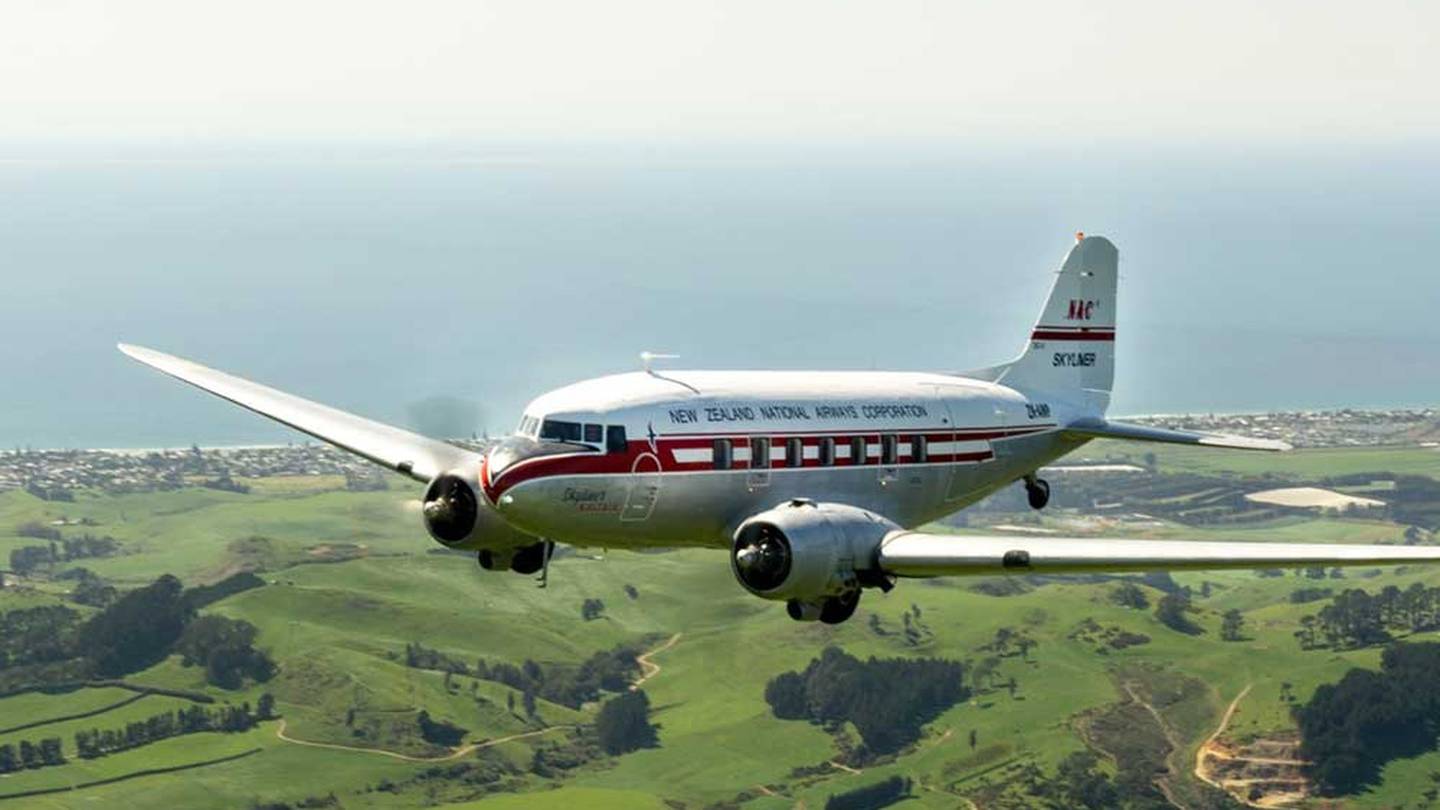
In New Zealand, the company FlyDC3 offers scenic charter flights around Auckland, the North Shore, and the Hauraki Gulf. Their aircraft, affectionately known as Betsy, is a 1944 Oklahoma-built DC-3 (registration NZ3546) that continues to deliver unforgettable airborne experiences, typically ranging from 30 minutes to an hour.
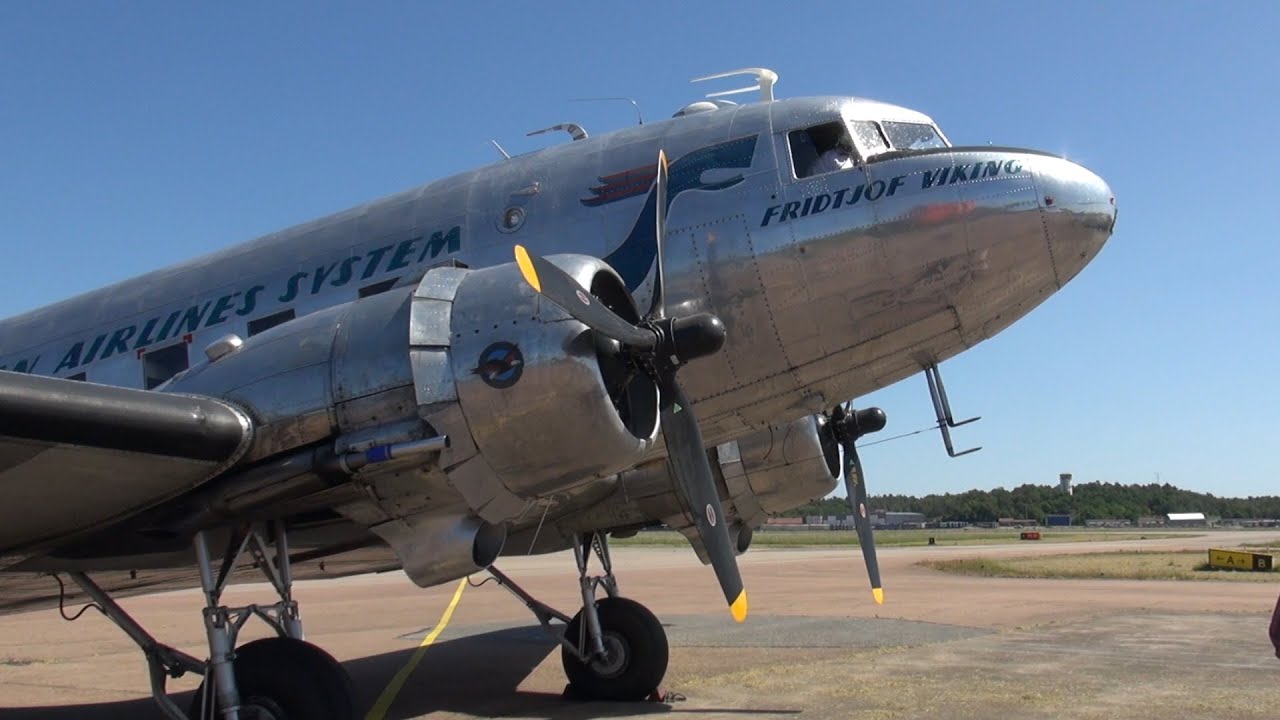
In Sweden, aviation heritage group Flygande Veteraner operates Daisy, an 80-year-old DC-3 painted in the retro livery of Scandinavian Airlines (SAS). Based in Stockholm, Daisy offers historic sightseeing flights and remains a regular feature at aviation events and fly-ins.
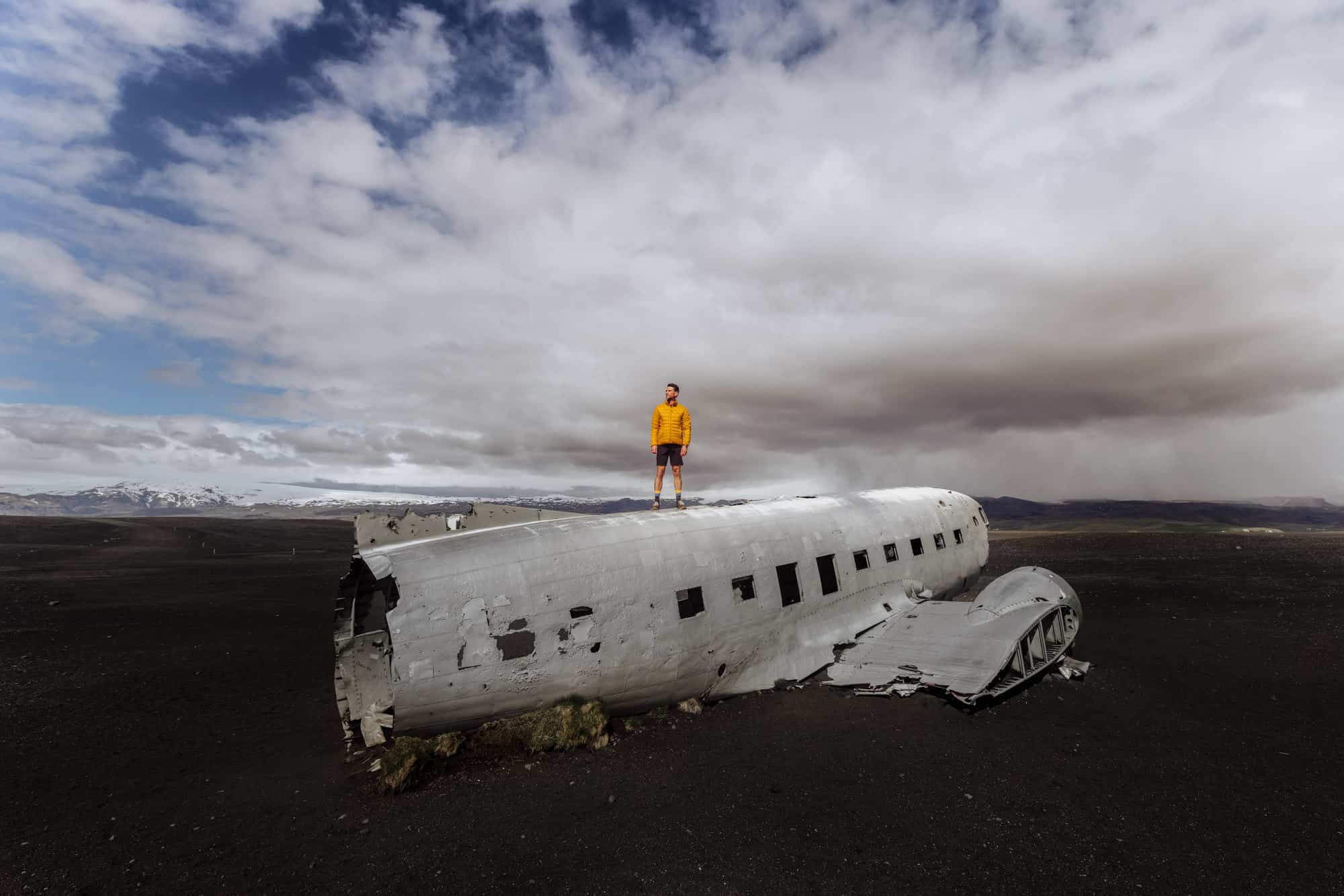
And for those who can’t fly but still want to see a DC-3 up close, Iceland’s famous Sólheimasandur beach is home to a crash-landed DC-3 that has become a global photo hotspot. The aircraft went down in 1973 — miraculously with no injuries. Now it rests as an eerie, iconic monument to aviation's golden age.
Passionate about planes and the perfect photo opportunity? Uncover the 14 best vantage points to witness aviation action in our must-read blog, Aircraft Spotting: 14 Top Spots Across the UK and Europe.

Final Word
“The Timeless Workhorse of the Skies” isn’t just a title. It’s a testimony to innovation, resilience, and the idea that when you build something truly exceptional, it can quite literally fly forever. The DC-3’s simplicity, reliability, and sheer charm have made it a living, breathing part of aviation.
From vintage aircraft to groundbreaking technology, Europe's aviation museums have it all. Explore our guide, Wings of History: 12 Must-See Aviation Museums Across Europe, to plan your next adventure.
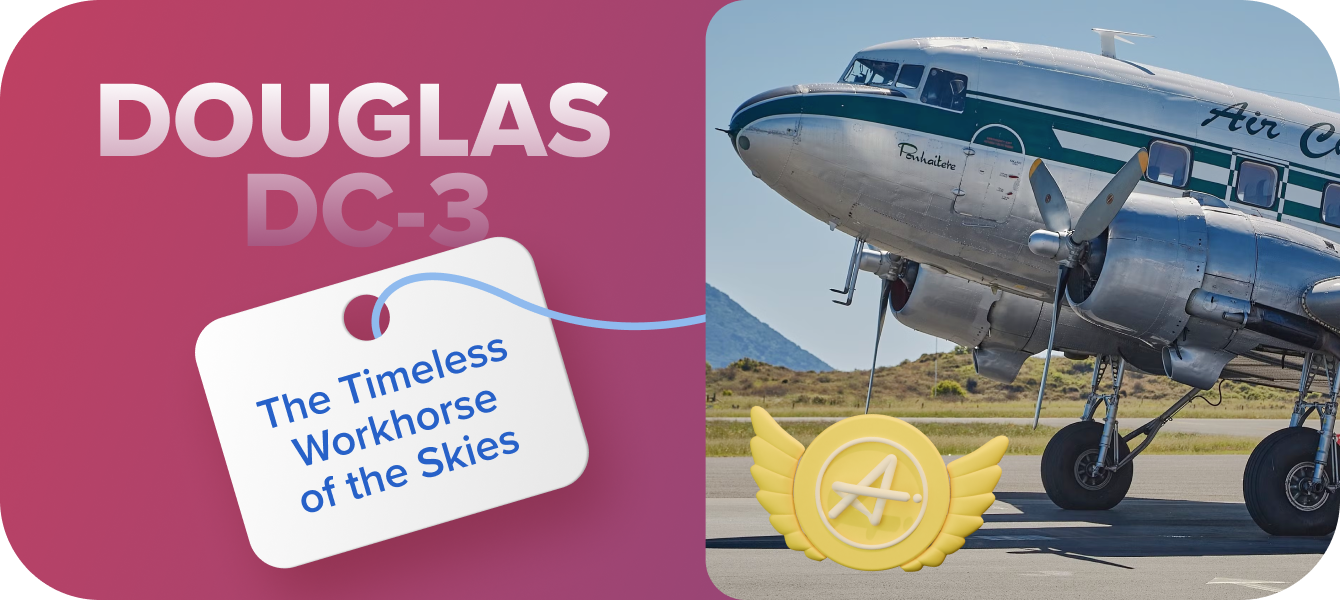
Where to See Douglas DC-3 in Europe & the UK
Royal Air Force Museum (UK) Displays DC-3 variants, illustrating their role in RAF history.
Musée de l’Air et de l’Espace – Paris Le Bourget (France) This renowned museum houses a Douglas DC-3 cockpit and multiple C-47 Skytrain variants, offering a glimpse into both civilian and military aviation history.
Auto & Technik Museum Sinsheim (Germany)Showcases a DC-3, emphasizing its engineering and design.
Imperial War Museum Duxford (UK) Home to several DC-3/C-47 aircraft, reflecting their service during WWII.
Aviodrome Aviation Museum (Lelystad, Netherlands) Houses multiple DC-3s, including the airworthy“ Amalia,” preserving Dutch aviation heritage.
Dakota Norway (Sandefjord Airport Torp) Operates a flying C-53D Skytrooper, known as “Little Egypt” offering flight experiences and preserving its legacy.







